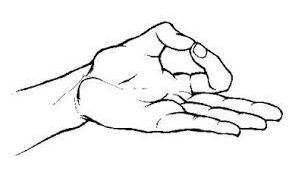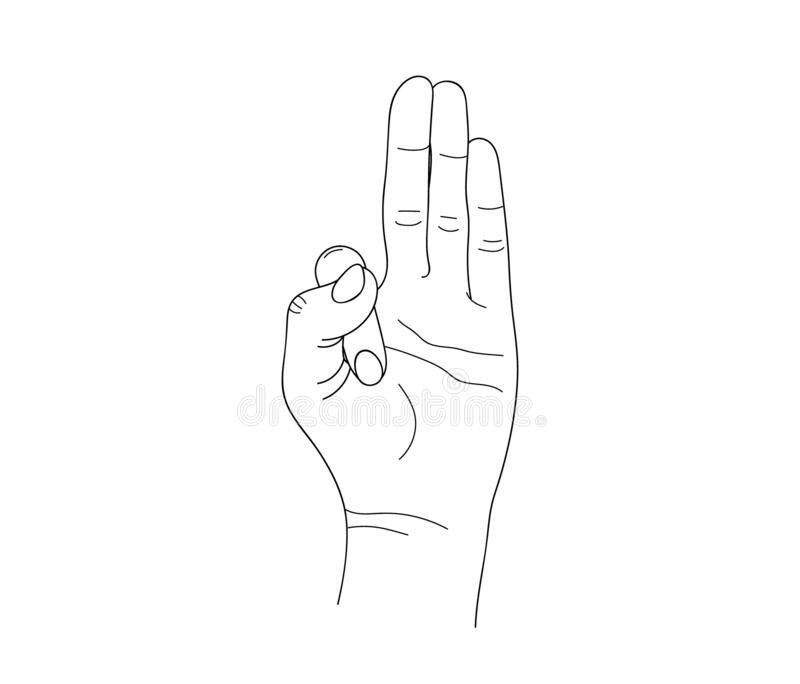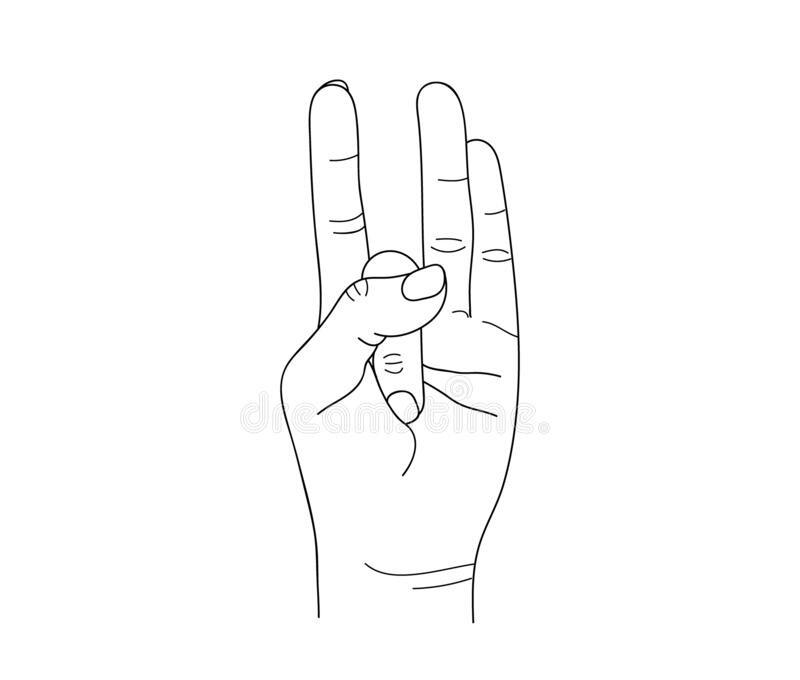Tagged: chakras, energy flow, hand gestures, inner self, meditation, Mudra, pranayama, spiritual significance, Yoga, yoga practice.
- This topic has 0 replies, 1 voice, and was last updated by .
-
AuthorPosts
-
April 5, 2023 at 5:16 pm #1056Up::11
Origin Of “Mudras”
Mudra is a Sanskrit term that translates into English as “seal” or “gesture.” Mudras are symbolic hand movements used in yoga to activate certain energy channels and generate a desired state of awareness. They are used in combination with meditation and pranayama (breathing exercises). Mudras are an essential aspect of yoga practise and are said to have significant effects on both the mind and the body. They function by establishing an energy flow circuit within the body, which aids in the balance and harmony of the body’s energy centres, or chakras. Each mudra is thought to have a different effect on the body and mind based on its posture and aim.
Types Of Mudras.
In yoga, there are several mudras, each with its own set of advantages and consequences. Some of the most frequent mudras used in yoga are:
Gyan mudra: This is the most prevalent mudra in yoga, and it entails touching the tips of the thumb and index finger together. It is said to boost focus and memory, as well as reduce stress and anxiety and promote general well-being.

Prithvi mudra: This mudra entails contacting the tip of the ring finger to the tip of the thumb while keeping the other fingers extended. It is thought to boost physical strength, energy, and stability.

Vayu mudra: This mudra entails connecting the tip of the index finger to the base of the thumb while keeping the other fingers extended. It is thought to soothe tension and anxiety, enhance digestion, and alleviate joint pain.

Varuna mudra: This mudra entails contacting the tip of the little finger to the tip of the thumb while keeping the other fingers extended. It is said to balance the body’s water element, promote skin health, and maintain fluid balance.

Shunya mudra: This mudra entails touching the tip of the middle finger to the base of the thumb while keeping the other fingers extended. It is thought to alleviate ear discomfort and enhance general hearing.

Benefits Of Performing Mudras In Yoga.
Mudras can be done at any time of day, but they are most beneficial when done during meditation or pranayama. These may be done seated, standing, or lying down, and they can be held for several minutes at a time.
Mudra practise is a simple and effective approach to increase the benefits of yoga practise. Here are some of the ways mudras can be useful in yoga:
1. Mudras can assist to activate certain energy pathways in the body, which can aid to promote physical health. The Vayu mudra, for example, is said to enhance digestion and reduce joint discomfort, whilst the Prithvi mudra is thought to develop physical strength and stability.
2. Emotional regulation: Mudras can be used to control emotions and generate a sense of peace and relaxation. The Gyan mudra, for example, is said to relieve tension and anxiety, whilst the Shunya mudra is thought to relieve ear discomfort and enhance general hearing.
3. Mudras are frequently employed in combination with meditation and other spiritual activities to encourage spiritual growth and a greater connection with oneself. Mudras can assist to unleash the body’s full potential and promote spiritual awareness by generating a circuit of energy flow throughout the body.
Attachments:
You must be logged in to view attached files. -
AuthorPosts
- You must be logged in to reply to this topic.